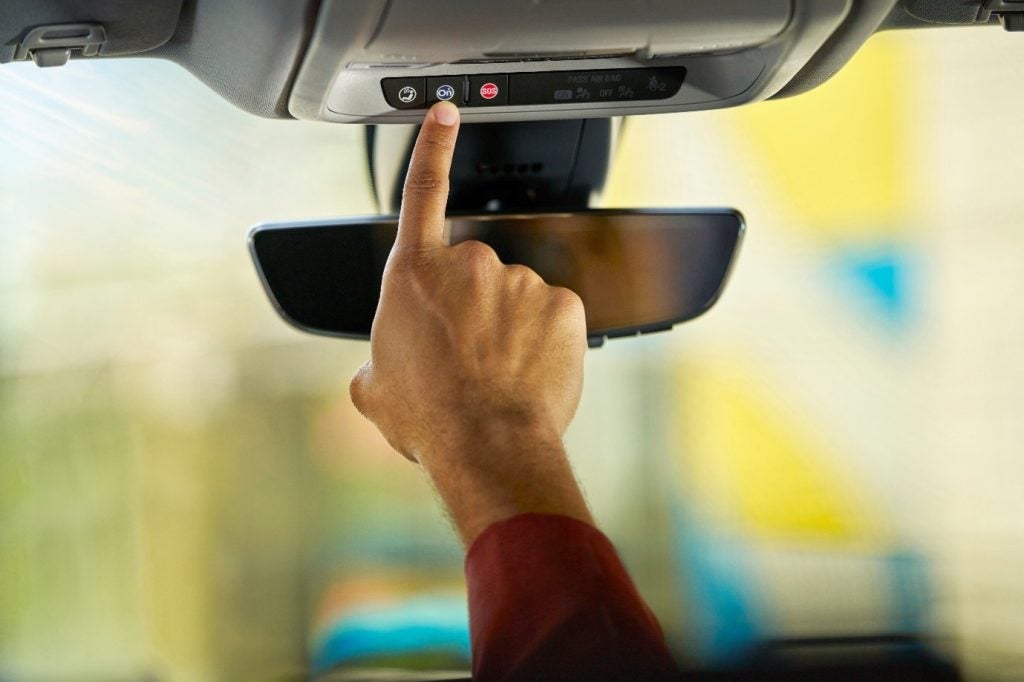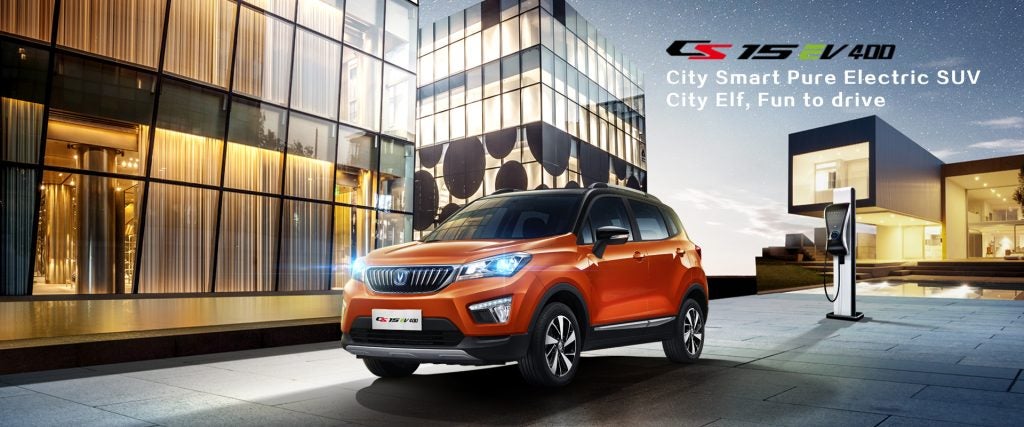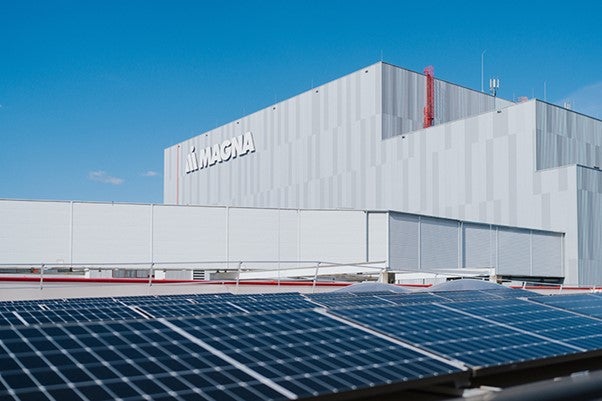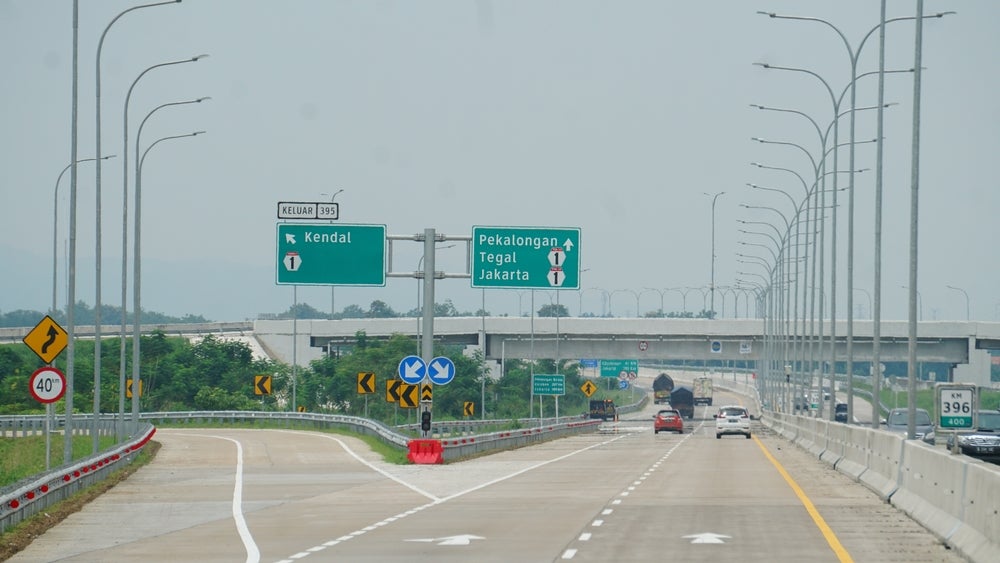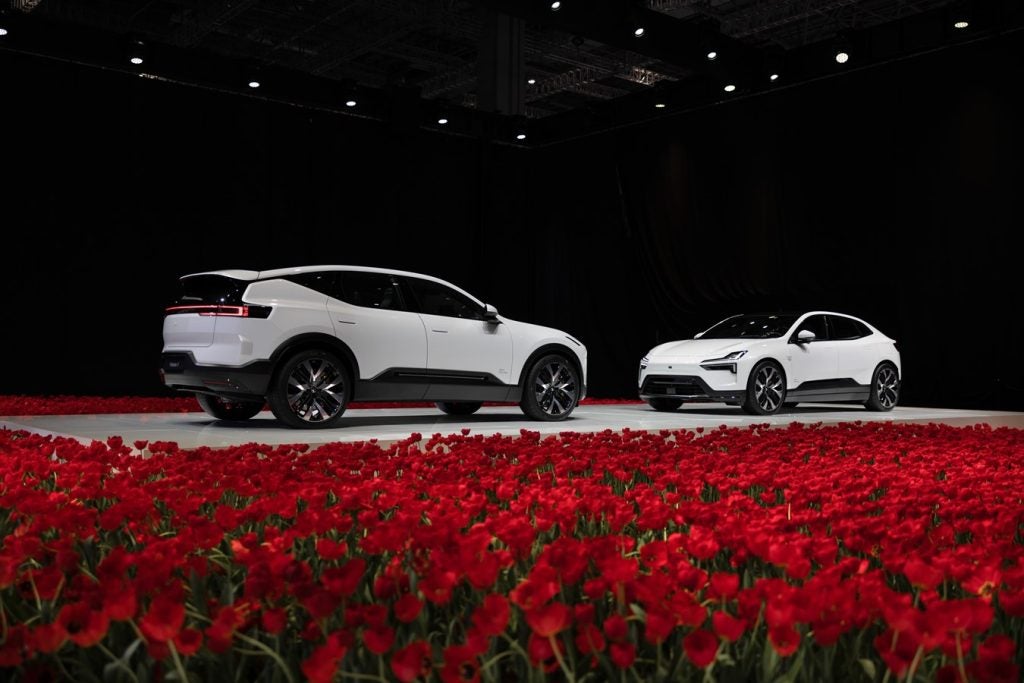General Motors (GM) and Google Cloud have announced details and developments on the companies’ collaboration in the deployment of conversational AI technology into GM vehicles.
Since launching in 2022, GM’s OnStar Interactive Virtual Assistant (IVA), has been powered by Google Cloud’s conversational AI technologies, providing responses to frequently asked questions, and providing navigation assistance.
“Our software-led approach has accelerated the creation of compelling services for our customers while driving increased efficiency across the GM enterprise. The work with Google Cloud is another example of our efforts to transform how customers engage with our products and services,” said Mike Abbott, executive vice president, Software and Services, GM.
The companies first collaborated in 2019 and the number of GM vehicles with Google built-in has continued to grow.
GM’s OnStar customers have access to a range of Google applications directly through their vehicle displays. These include Google Assistant, Google Maps and Google Play.
Their partnership has expanded to the use of Google Cloud’s conversational AI technology, Dialogflow. The US automaker said that Dialogflow enables GM’s OnStar IVA to respond to over one million customer inquiries per month in North America.
GM is now using the AI technology for chatbots to “conversationally help answer customer questions about GM vehicles and product features based on the technical information from GM’s extensive vehicle data repositories.” These are available across GM’s corporate and vehicle brand websites.


